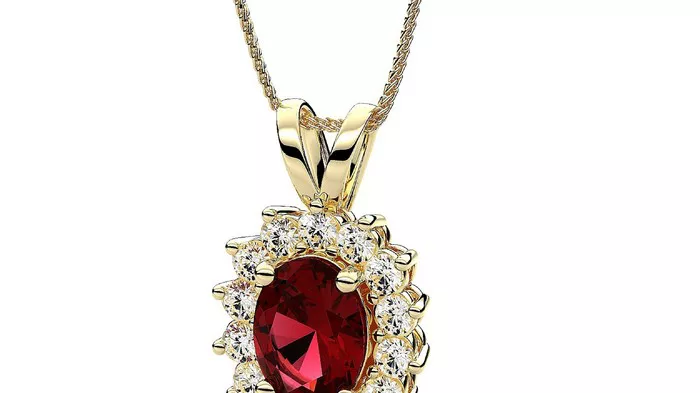Shanghai History Museum is currently hosting a captivating exhibition featuring 1,000 vintage brooches, offering a remarkable journey through the ever-evolving trends of the past century. Collected over a decade by Zheng Yingyan, at one point amassing over 3,000 pieces, these brooches serve as exquisite symbols of personal expression and bear witness to a wide spectrum of ideas, from individual tastes and social status to broader political, social, and cultural concepts.
The brooches on display, spanning the decades from the 1920s to the 1980s, are primarily crafted from synthetic materials, showcasing the craftsmanship and sophisticated techniques of their time. Zheng Yingyan, the collector, shares her fascination with the historical narratives and stories encapsulated within these precious pieces. Her goal is to use this impressive collection to explore the changing ideals of the century from an Eastern perspective.
With a deep respect for history and aesthetics, Zheng has thoughtfully arranged the exhibition in chronological order, allowing visitors to witness the evolving notions of beauty and style over time.
The exhibition is thoughtfully divided into six sections, each meticulously documenting a specific period in the development of brooches. Many of these brooches come with intriguing histories. For instance, the Jelly Belly series, produced in the United States by Trifari, has a particularly fascinating backstory.
Founded in 1925 by Giovanni Trifari, the Trifari company was renowned for its stylish designs and quality craftsmanship, making them accessible to a wider audience during the Great Depression when real jewelry was beyond the reach of many. World War II saw a shift in production priorities, with Trifari, like other manufacturers, redirected to military endeavors, including crafting fighter aircraft windshields.
These windshields were made from Lucite, a clear plastic material that was often plagued with imperfections. To prevent waste, Trifari ingeniously repurposed the flawed Lucite, skillfully molding it to resemble crystal. This innovation gave rise to the affordable and popular Jelly Belly series of brooches, some of which incorporated Chinese motifs in line with the prevailing trends of the time.
The Ming collection, introduced by Trifari in 1942, marked their initial foray into Eastern design. Utilizing elements like red enamel, imitation jade, and rhinestones, Trifari created striking interpretations of Ming Dynasty (1368-1644) designs, featuring motifs such as tigers, dragons, mandarin ducks, and axes.
Zheng’s passion for collecting brooches initially emerged from her professional role as a former host at China Central Television. While necklaces and bracelets were not allowed on air, brooches were permitted, sparking her interest in their beauty and versatility. She believes that brooches serve as a reflection of one’s inner self and carry profound societal and personal meanings.
Zheng emphasizes the significance of choosing a brooch based on personal feelings and moods, rather than its monetary value. She asserts, “This has nothing to do with its price, but rather the fact that it expresses my mood and feeling on the day, which I believe is the most important factor.”
The “Vintage Brooches: A Century of Historic Jewelry” exhibition, open since September 25th, has already garnered significant interest and will continue to enchant visitors until February 25th. This unique collection of brooches offers a window into the past, shedding light on the dynamic interplay between history, fashion, and individual expression.


